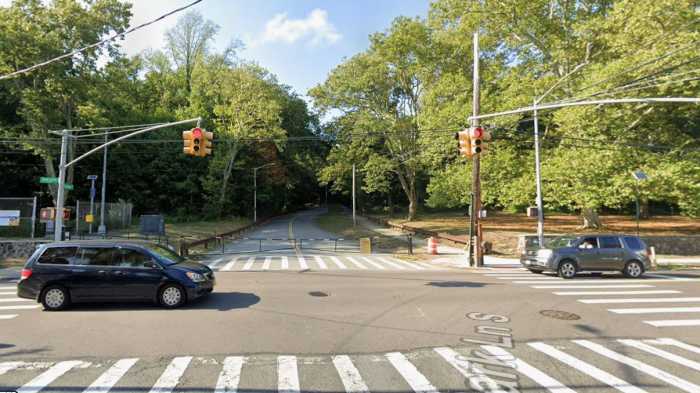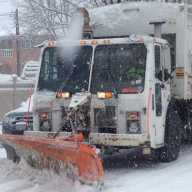By Tom Momberg
The Department of City Planning has announced updates to its city Census FactFinder application that can now be used to quantify statistics on demographics, social characteristics, economics and housing in the country’s most diverse borough of Queens.
Newly aggregated data on DCP’s FactFinder, maps.nyc.gov/
The tool can also show that the median home value in census tracts surrounding LaGuardia Airport is $20,000 less than the city average; that 68 percent of people living within a quarter mile of the Jamaica Center Subway station depend solely on public transportation; and that about 25 percent of South Ozone Park residents do not have a high school diploma or general equivalency degree.
All these random Census facts may be collectively irrelevant, but advancements in the way data is collected and stored are rapidly changing the way people can apply information, and City Planning is offering this service free of charge.
DCP Population Division Director Joseph Salvo said the updates to the FactFinder tool and the information it offers are unprecedented. He said similar web tools have been launched privately and at a cost to users, but this is the first time any government agency has made such a tool available to the public.
“This is the definition of good government — offering a free service that can better examine and serve all populations,” Salvo said.
City Planning’s new aggregations of data from the federal Census Bureau’s American Community Survey provide a new tool for city agencies to better allocate social services, for entrepreneurs to learn how best to meet the needs of their customers, and for ordinary citizens to better understand the communities in which they live.
“The agencies of the city have always used our data, but now it is right at their fingertips,” Salvo said. “We have come to realize that single-tract data is really not reliable, so you have to come up with an algorithm to define more detail … and now agencies can create policies, services, and address needs accordingly.”
The mapping tool allows users to customize the geographic area for which they are trying to obtain information by drawing a perimeter, selecting individual neighborhoods or census tracts, subway stops or points of interest. Users can see education, employment, demographics and socio-economic data that have been accessible using algorithms City Planning has been working on for the last year and a half, cross aggregating decennial censuses and the annual American Community Survey.
Salvo said the web application will continue to be updated annually.
Reach reporter Tom Momberg by e-mail at tmomb



































